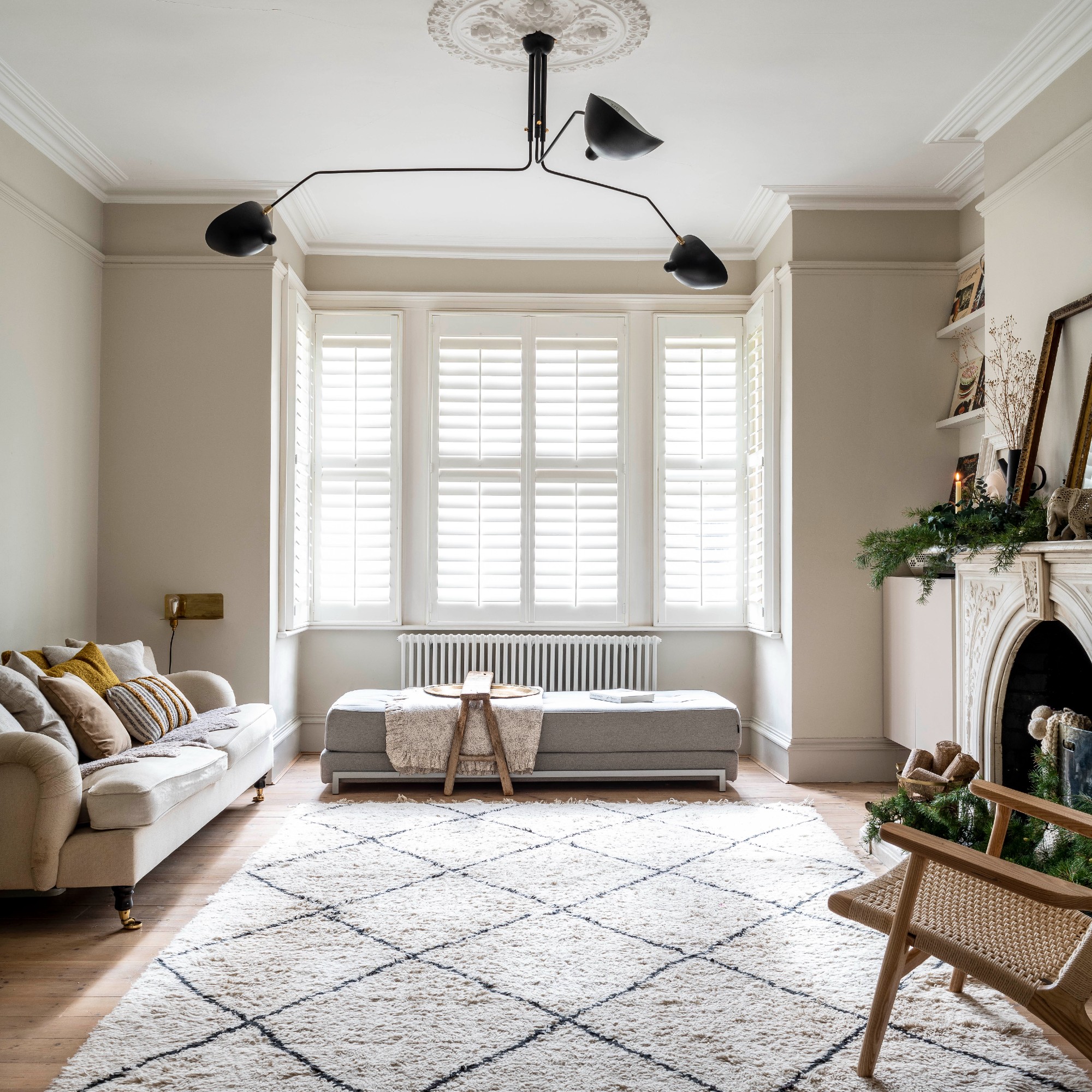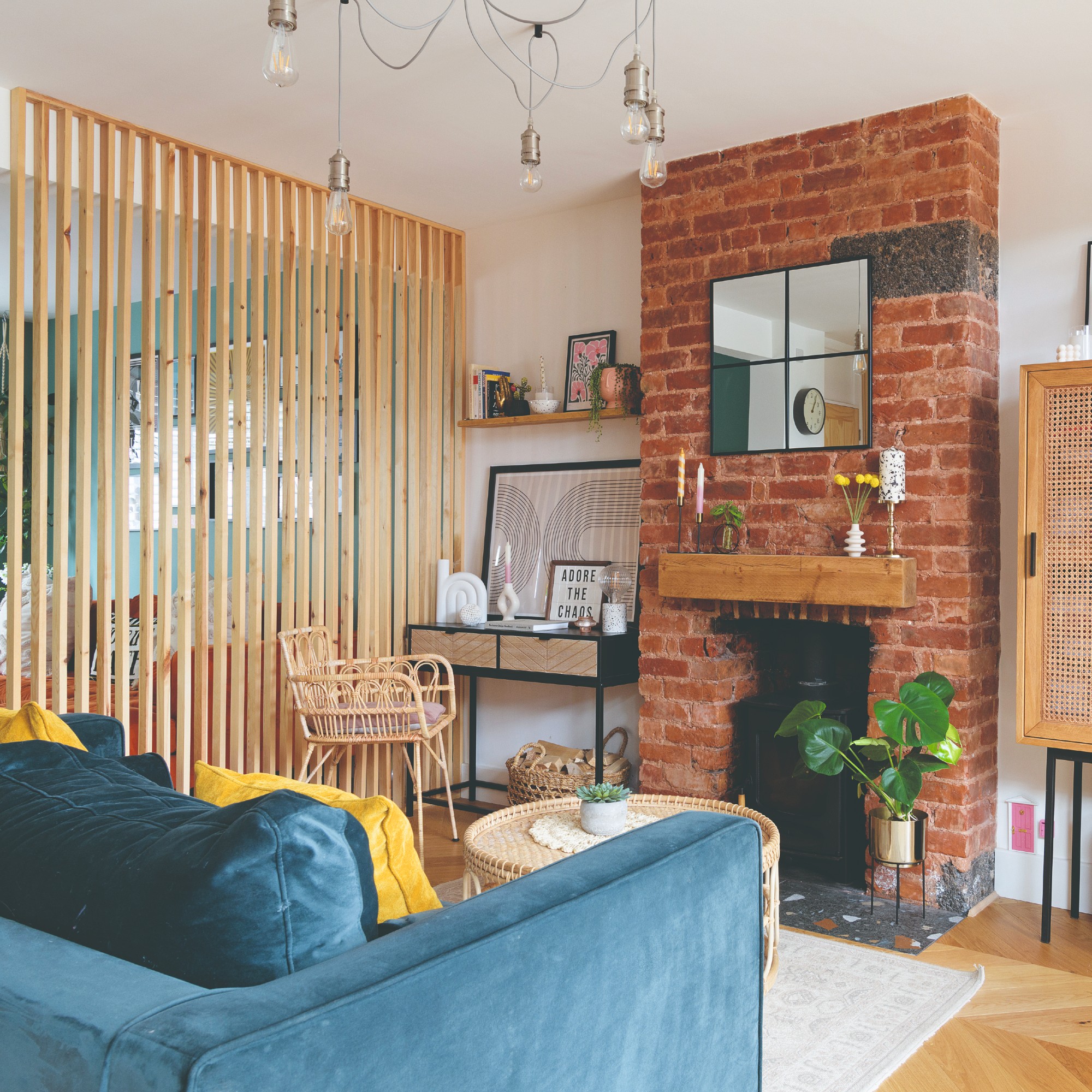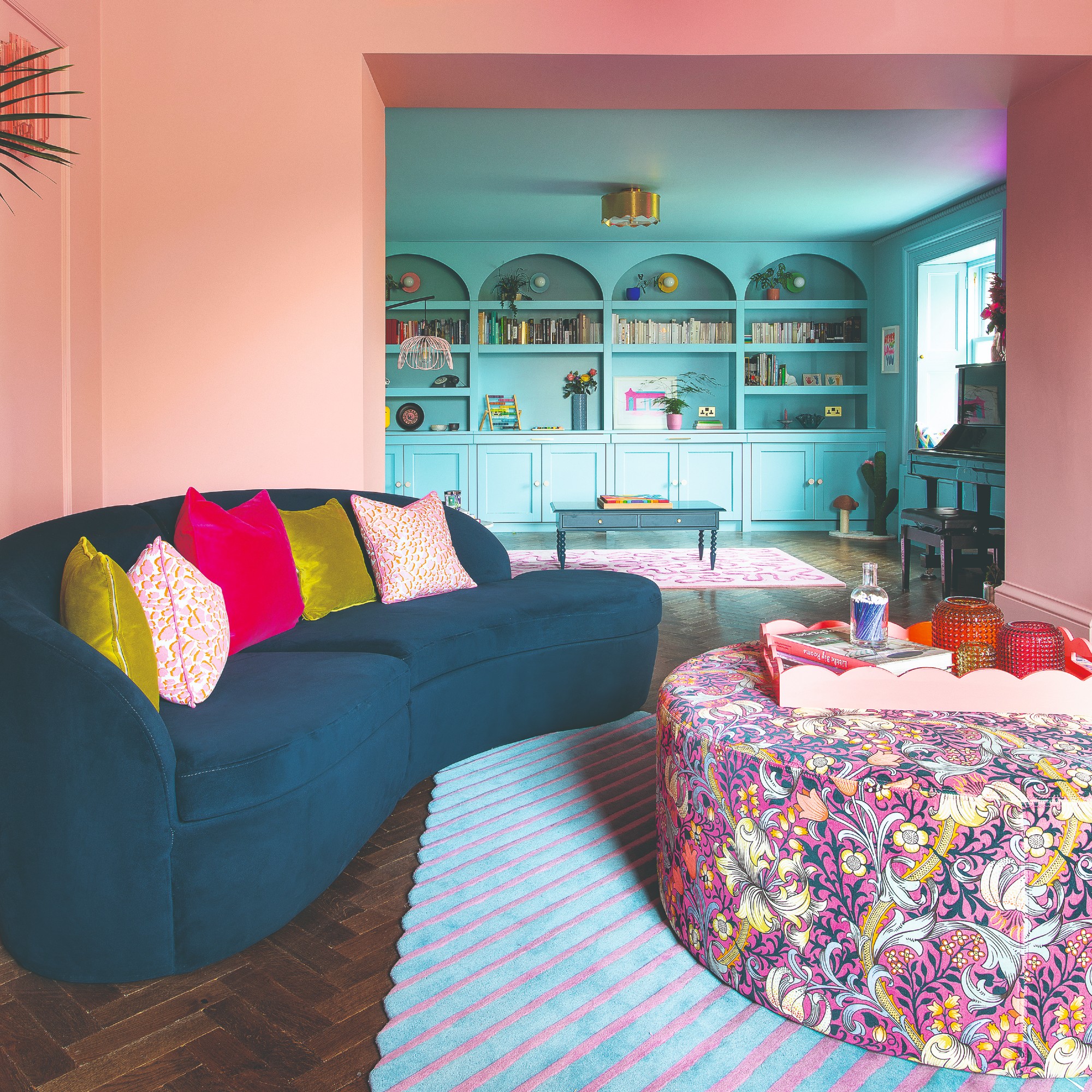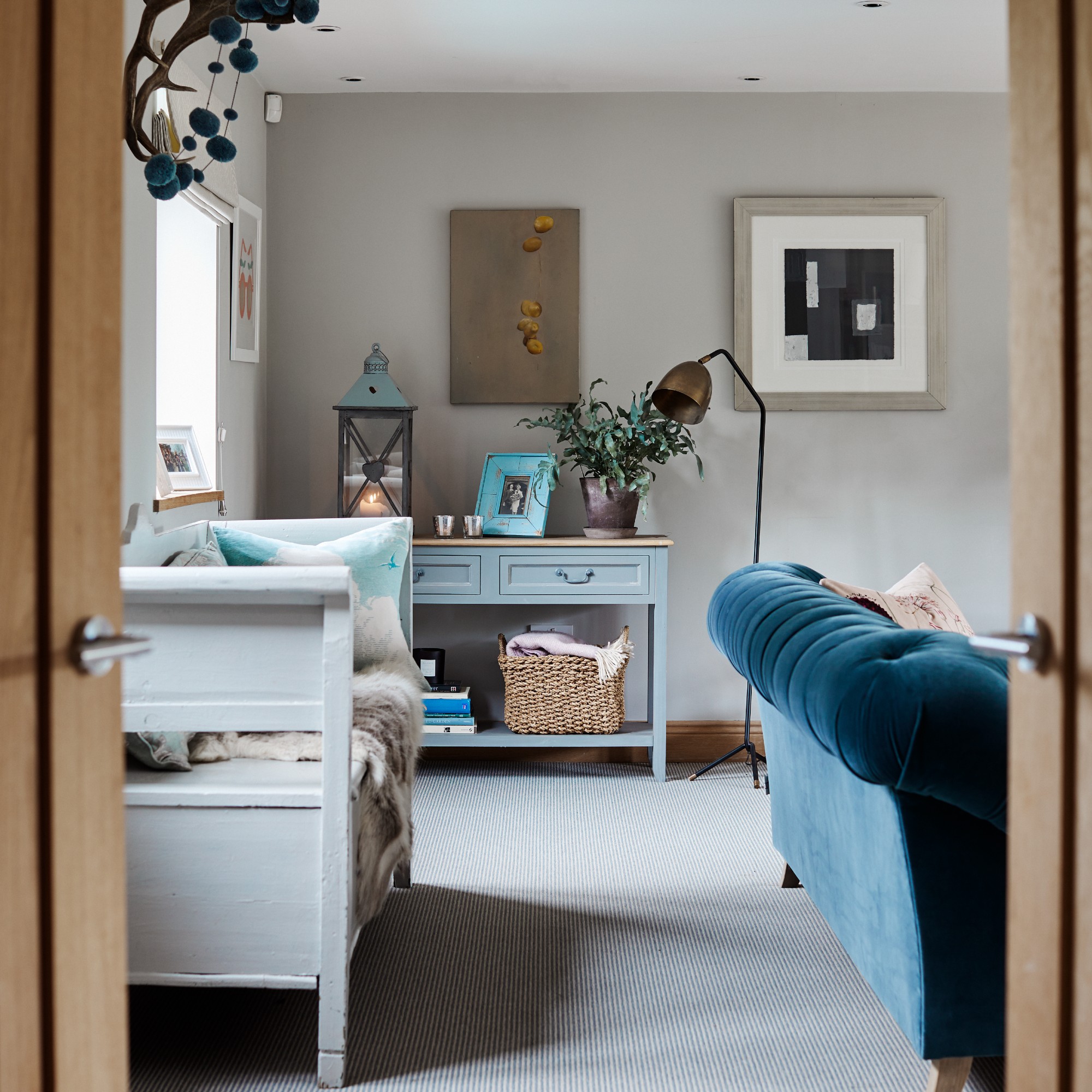
If you’re in the process of decorating or redecorating your home (or even just one room like the living room), then there’s something you need to consider – the 2:3 interior design rule. Also known as the golden ratio, a term which you may have come across if you’ve ever studied or learnt anything to do with art or its history, this is interior experts’ golden rule for achieving a well-proportioned and balanced space.
The 2:3 rule works well even if you’re just selecting the best sofa for your living room or the right (and appropriately sized) coffee table to pair with it. When you’re shopping for these larger pieces of furniture, it’s easy to get lost in the desired aesthetic, price point and living room colour schemes, overlooking the scale and proportion between the pieces and room itself.
And yet, it’s one of the most important things to get right as it can make or break the room. So this is how the golden ratio rule works.

What is the golden ratio interior design rule?
‘The 2:3 rule, also known as the golden ratio, is a way of arranging furniture by dividing a room into different sections,’ explains Melissa Denham, interior stylist at Hammonds Fitted Furniture. ‘Start by dividing the room into a 3 x 3 grid and choose one large area that’s approximately two-thirds of the space. This is where the main furniture pieces, such as the sofa or dining table will be placed. The remaining third of the room can be filled with extra seating or storage. However, you should also leave enough floor space free so you can easily walk around the living room.’
Victoria Foster, interior stylist at ScS, continues explaining the living room layout fix, ‘When applied to key pieces of furniture such as a sofa, the rule typically means a sofa should be no longer than two-thirds of the length of the wall that it is positioned along. Once you have the biggest piece of furniture, the second biggest should measure roughly two-thirds of the length of it and so on.’
For that very reason, it’s best to start with the largest piece of furniture when decorating a room - in the case of a living room, that would most likely be the sofa - and work your way down to the smaller pieces from there.

How is the 2:3 rule useful?
The 2:3 rule is most useful to avoid getting furniture that’s disproportionate, either too large or too small, for your space and to prevent a room looking too empty or too cluttered.
‘The rule is designed to avoid choosing furniture that is too big or too small. For example, choosing a cosy two-seater sofa as your biggest piece of furniture in a large room can look odd, as it can make the space feel empty and unutilised. At the same time, choosing an oversized corner sofa that fills the whole room can make the room feel enclosed and cramped and doesn’t leave room for other design features,’ Victoria says.

‘This rule helps to keep the room feeling balanced. It also means that you never have dominating pieces of furniture competing with one another, so it creates a harmonious feel.’
Melissa adds, ‘When it comes to home interior design, there’s a fine line between spacious and empty. The 2:3 rule can be a useful guide to follow if you want to create a balanced room design and don’t know where to start. You don’t necessarily need measuring tape to divide your room into equal parts either, it’s more about imagining the proportions and ensuring your furniture isn’t too spread out or too crammed.’
But the golden ratio is not just about size as Tara Rodrigues, interior designer of Tara Rodrigues Interiors, points out – the design tool can also be applied to the likes of colour schemes. 'The golden ratio can equally be applied to the colour scheme, decorating 60% of the room with a dominant colour, 30% of the room in a secondary colour and the remaining 10% in an accent colour. This rule is applicable to use of pattern and accessories within a room to add interest without losing the proportion.'

Do you have to abide by the 2:3 rule?
A little bit of rules here and there can be useful, as in the case with the golden ratio or the 18-inch rug rule. But just like with anything else, one should never overdo it.
‘Whilst the 2:3 rule is helpful to consider when buying new pieces of furniture, being too tied to any rule in interior design isn’t a good idea. If your furniture exceeds or falls short of these proportions then it doesn’t mean it's time to get rid of it, this rule should just be seen as a guide to help avoid choosing furniture that doesn’t fit the room,’ Victoria says.
How to use the golden ratio when buying furniture
Having sat on this sofa with a cool and modern design at the DUSK press showcase, I can attest to its cushiony comfort. I also love the modular design of it.
As the sofa is 266 centimetres long, two thirds of that measurement is about 177 centimetres. As already mentioned, the proportions don't have to be exact – so this 150-centimetre long coffee table from La Redoute will go perfectly with it.
As the third largest piece of furniture in this hypothetical room we're imagining, this John Lewis chair's width should be two thirds of the coffee table, as that is the second largest piece of furniture. And measuring 92 centimetres, it fits right into that 2:3 window.
The golden ratio rule is a good starting point and something to keep in mind to achieve a thought-out look of a room. But it’s also not something you need to 100% adhere to at all times.







